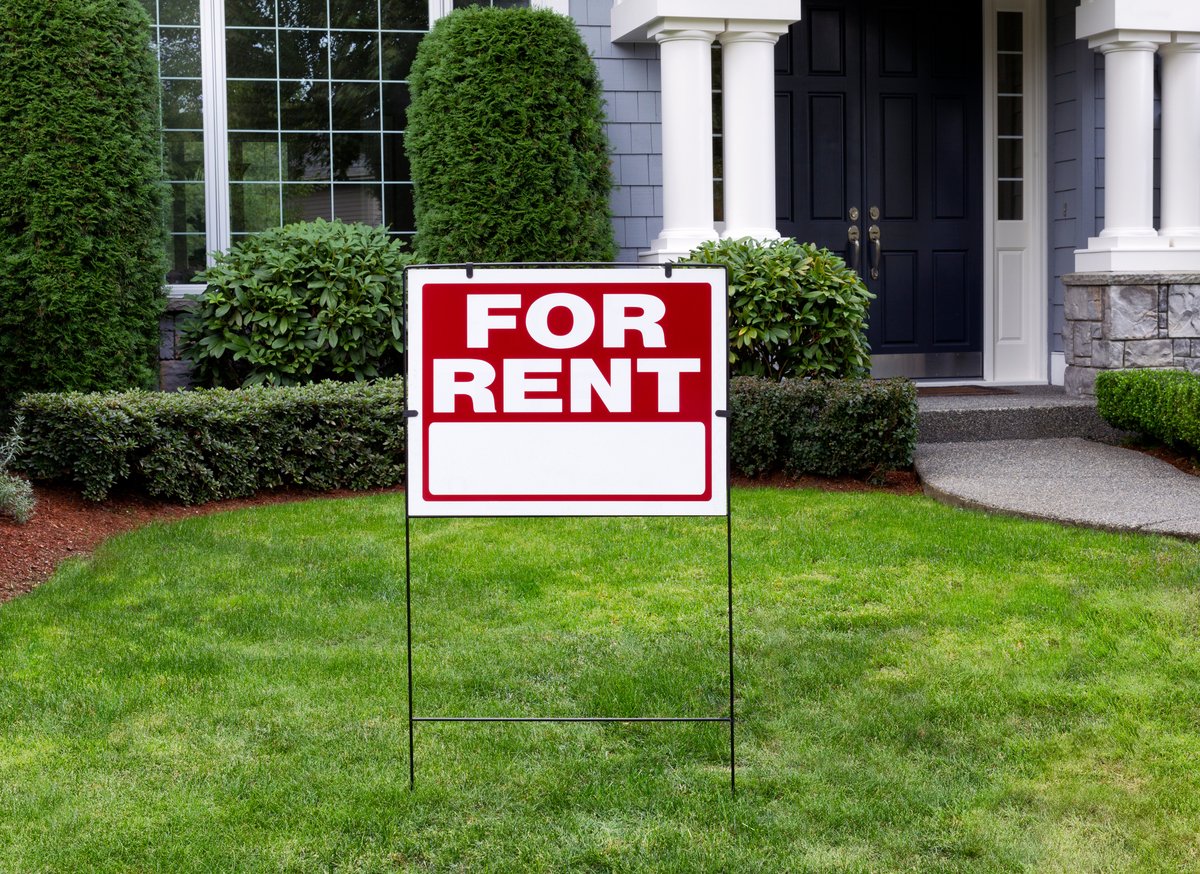
Walgreens is Realty Income's largest tenant, making up 7% of its property portfolio. Photo: Flickr user Mike Mozart.
Dividends are nice, but increasing dividends can make you rich. When capital appreciation combines with a large and growing payout, you have the makings of a legendary investment. And Realty Income Corporation (O +0.58%), one of the most popular real estate investment trusts in the world, has the potential to achieve that status. The company pays a 4.7% annual dividend yield in monthly installments and has increased its dividend for 72 consecutive quarters.
Let's take a closer look at Realty Income and see whether that streak can stay alive in 2016.
A smart business model produces steady income and growth
Realty Income invests in free-standing retail properties, which may sound risky to some investors. After all, haven't several prominent U.S. retailers gone bankrupt in recent years, and aren't many more struggling to remain profitable?
That's a valid concern, but what separates Realty Income is the type of retail properties in its portfolio. The vast majority of the businesses that occupy Realty Income's 4,200 properties are in areas of retail that are recession-resistant and face little risk of losing market share to online competitors.
Specifically, Realty Income's tenants generally fall into one of three categories:
- Non-discretionary goods, such as gasoline, food, or prescription drugs. No matter how much of the retail business migrates online, people will always need to go to physical locations that sell these products. Plus, these are products that people need, not products they want.
- Service providers. Think of businesses like movie theaters and fitness centers -- this category also faces little threat from online merchants.
- Discount retailers. Dollar stores, for example, make up a large portion of Realty Income's portfolio. These businesses actually tend to do better in bad economic times.
Now consider Realty Income's 20 largest tenants. Most can be easily classified into one or more of these categories.

Source: Realty Income.
Furthermore, Realty Income's tenants sign long-term net leases, meaning that the tenant is responsible for variable costs such as taxes, insurance, and building maintenance. Thanks to the nature of these businesses, tenant retention isn't a big problem, and these factors have combined to produce a 98.3% occupancy rate.
Projected growth in 2016
Realty Income projects that its funds from operations (FFO) per share will fall in the range of $2.82 to $2.89 for 2016. (FFO is the "earnings" of the REIT world. If you'd like more information on FFO and other REIT metrics, check out this slideshow.) At the midpoint, this represents a 4% increase over 2015's projected full-year FFO, which itself represents an increase of about 6.4% over 2014's results.
Steady growth in FFO per share has allowed Realty Income to increase its dividend at an average annual rate of 4.6% since its 1994 IPO.
While the dividend has grown at an impressive pace, the payout is only part of the Realty Income investment thesis. Because property values tend to increase over time, this stock's combination of growth and income has produced a phenomenal 16.6% annualized total return since the IPO. To put this kind of sustained performance in perspective, a $10,000 investment in Realty Income's IPO would be worth more than $250,000 today, 21 years later.
There's more than one dividend raise coming in 2016
Realty Income is unusual in that it pays dividends on a monthly basis and increases its payout each quarter. Shareholders should expect not one, but four dividend increases in 2016, combining for an increase in the 3% to 5% range if the company's history and FFO projections are any indicator.
Stocks that combine consistent dividend growth with long-term upside potential are the Holy Grail of long-term investing, and it's tough to find one that does it better than Realty Income. An investment in Realty Income has risks, just as any other stock does, but I see no reason whatsoever to think that the company's outstanding streak of dividend increases will be in jeopardy anytime soon.






